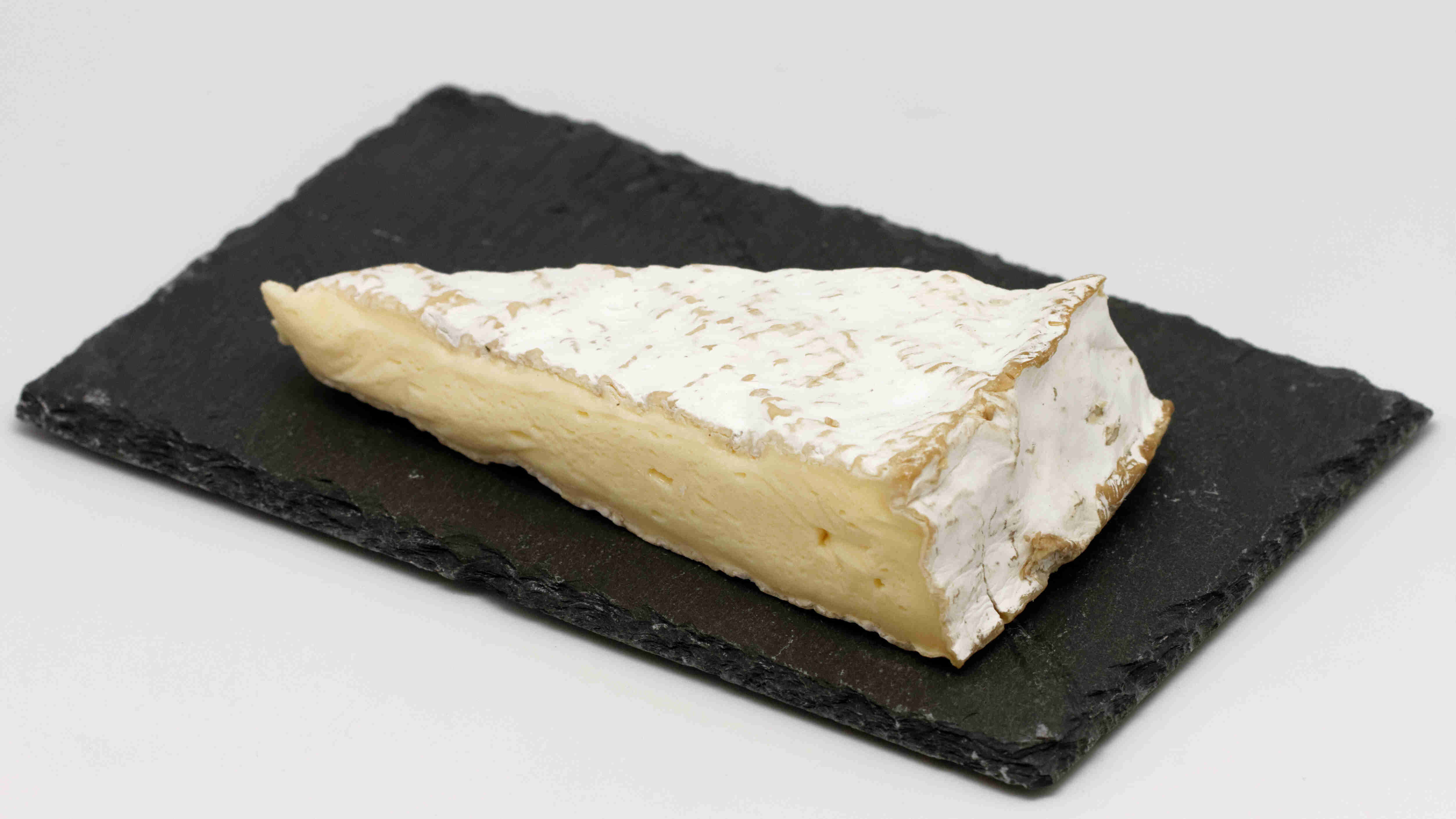
Are you a fan of cheese? If so, then you’ve probably encountered Brie – the iconic French cheese known for its creamy and buttery texture. Whether you enjoy it on a cheese platter, melted over a warm baguette, or incorporated into a delicious recipe, Brie has a way of satisfying even the most discerning palate.
In this article, we will delve into the world of Brie and uncover 13 interesting facts about this popular cheese variety. From its origins and production process to its health benefits and culinary versatility, Brie has much to offer beyond its delightful taste. So, get ready to expand your knowledge and appreciation for this beloved cheese as we unveil some intriguing facts about Brie!
Key Takeaways:
- Brie is a creamy French cheese named after the region of Brie. It’s versatile, pairs well with fruits and nuts, and can be enjoyed baked or grilled.
- Brie has a mild, buttery flavor and is best enjoyed at room temperature. It’s high in fat, so it should be stored properly in the refrigerator.
Brie is a French cheese that originated in the region of Brie.
Brie takes its name from the historical region of Brie, located in northern France.
Brie is a soft, creamy cheese with a bloomy rind.
The characteristic bloomy rind gives Brie its distinct flavor and texture.
Brie is made from cow’s milk.
Cow’s milk is used to create the smooth and creamy texture of Brie cheese.
Brie is often served at room temperature.
Allowing Brie to come to room temperature enhances its flavors and makes it easier to spread.
Brie is a versatile cheese.
Whether enjoyed on its own, spread on crackers, or melted in a variety of dishes, Brie is a favorite among cheese lovers.
Brie is often paired with fruits and nuts.
The creamy and mild flavor of Brie complements the sweetness of fruits like grapes and pairs well with crunchy nuts such as almonds or walnuts.
Brie can be baked or grilled.
By gently heating Brie, it becomes soft and gooey, making it perfect for spreading on bread or dipping with vegetables.
Brie is high in fat.
Due to its creamy nature, Brie cheese is higher in fat content compared to other types of cheese.
Brie is named after the region, not the specific cheese-making technique.
While many cheeses are named after the process used to make them, Brie is an exception as it takes its name from the region in which it originated.
Brie has a mild, buttery flavor.
The taste of Brie is often described as rich, creamy, and slightly tangy, with a subtle hint of mushrooms.
Brie is often enjoyed with a glass of wine.
The pairing of Brie with white wine, such as Chardonnay or Sauvignon Blanc, is a classic combination that enhances the flavors of both the cheese and the wine.
Brie can be used in both savory and sweet recipes.
From adding slices of Brie to sandwiches or using it as a topping for pizza, to including it in desserts like tarts or pairing it with honey, Brie can be incorporated into a wide range of dishes.
Brie should be stored properly to maintain its freshness.
To prevent Brie from drying out or becoming too soft, it should be stored in the refrigerator in its original packaging or wrapped tightly in parchment or wax paper.
Conclusion
In conclusion, Brie is a remarkable cheese that offers a unique and delightful experience for food lovers. From its rich history and traditional production methods to its versatile use in both sweet and savory recipes, Brie has established itself as a staple in the culinary world. With its creamy texture, buttery flavor, and distinctive aroma, Brie is truly one of the most cherished cheeses enjoyed by people all over the globe. Whether you’re indulging in a simple pairing with wine or creating a gourmet dish, Brie is sure to impress. So, next time you crave a taste of sophistication, don’t hesitate to reach for a slice of Brie and savor the exquisite flavors it has to offer.
FAQs
1. Where does Brie originate from?
Brie is believed to have originated in the region of Brie in northern France, dating back to the 8th century.
2. What is the texture of Brie cheese?
Brie has a soft and creamy texture, often described as “velvety.” The outer rind is thin and soft, while the interior is creamy and smooth.
3. How should Brie be served?
Brie is best served at room temperature to allow its flavors to fully develop. It pairs well with fruits, crackers, and bread, and is often enjoyed with a glass of wine.
4. Can you eat the rind of Brie cheese?
Yes, the rind of Brie is edible and adds a unique earthy flavor to the overall taste. However, some people prefer to remove the rind before consuming.
5. How long does Brie cheese last?
Unopened Brie can last for several weeks in the refrigerator. Once opened, it is best consumed within a week for optimal freshness and taste.
Hungry for more cheesy goodness? Satisfy your cravings with our tantalizing articles about James LaBrie's astounding life, additional brie facts that will make you melt, and Brie Bella's captivating story. These mouthwatering reads are perfect for any cheese lover looking to indulge in a little extra knowledge.
Was this page helpful?
Our commitment to delivering trustworthy and engaging content is at the heart of what we do. Each fact on our site is contributed by real users like you, bringing a wealth of diverse insights and information. To ensure the highest standards of accuracy and reliability, our dedicated editors meticulously review each submission. This process guarantees that the facts we share are not only fascinating but also credible. Trust in our commitment to quality and authenticity as you explore and learn with us.
